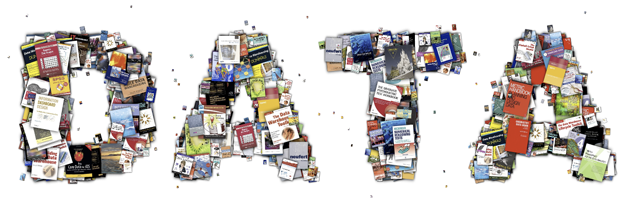
Open data is important to humanitarian aid organizations as it can help improve decision-making, increase transparency, facilitate collaboration, improve response times, better allocate resources, and evaluate the impact of their work.
Six Open Data Benefits to Aid Organizations
- Improved decision-making: Open data can provide humanitarian organizations with a more comprehensive and accurate understanding of the situation on the ground, which can help inform their decision-making processes.
- Increased transparency: By making data openly available, humanitarian organizations can demonstrate their commitment to transparency and accountability, which can help build trust with stakeholders.
- Better collaboration: Open data can help facilitate collaboration between humanitarian organizations, governments, and other stakeholders, as they can all access the same information and work together more effectively.
- Improved response times: Open data can help humanitarian organizations respond more quickly and effectively to emergencies by providing real-time information about the situation on the ground.
- Better allocation of resources: With access to open data, humanitarian organizations can make more informed decisions about how to allocate resources, ensuring that they reach those who need them most.
- Better evaluation of impact: Open data can also help humanitarian organizations evaluate the impact of their work, as they can compare data from before and after their interventions to see the changes that have occurred.
The Ongoing Challenge of Protecting Privacy in Digital Development
As digital is increasingly integrated into development, privacy protection will become more critical (and more complex), especially for individuals with greater...
How to Balance the Tension Between Open Data and Privacy and Security?
At the Digital Development: From Principles to Practice Forum, ICT4D practitioners came together to discuss the inherent tensions between open and interoperable...
Missed Opportunities in Using Tech to Fight Violence Against Women
Technology is a key piece in preventing and ending violence against women. As the number of women with access to the Internet and Internet-enabled devices increases,...
3 Steps to Implement USAID Open Data Policy ADS 579
As promised, here is an overview of the steps needed to create an open data plan in order to be compliant with USAID’s new Open Data Policy It is really easy...
4 Ways We Can Do More With Open Government Data
I am Nancy McGuire Choi and I really enjoyed the recent “Do More With Data” event with State Department’s Foreign Assistance Resources office,...
How Can We All Profit From Development Data?
Big data has been called the new oil, and it is easy to see why. In its raw form, it provides limited value, but with the right refinement it has the potential...
Please RSVP for Digital Development Principle 6: Open ICT4D
Futures Group and the National Democratic Institute for International Affairs are pleased to invite you to RSVP now for Principle 6 for Digital Development: Using...
How Will You Be Compliant with USAID Open Data Policy ADS 579?
USAID published their Open Data policy, ADS 579, and have begun including language in all contracts and cooperative agreements after October 1, 2014 to require...
A GIS First Step Towards Open Data in USAID Grant Requirements
Have you read the recent USAID/Malawi RFA for The Girls’ Empowerment through Education and Health Activity (ASPIRE)? There on page 13, wedged between the...
3 Steps for Data Transformation: Turning Numbers into Knowledge
Do you feel like there’s a new software or platform offered every day, promising to streamline your business process, reduce costs, and make you an instant data...










